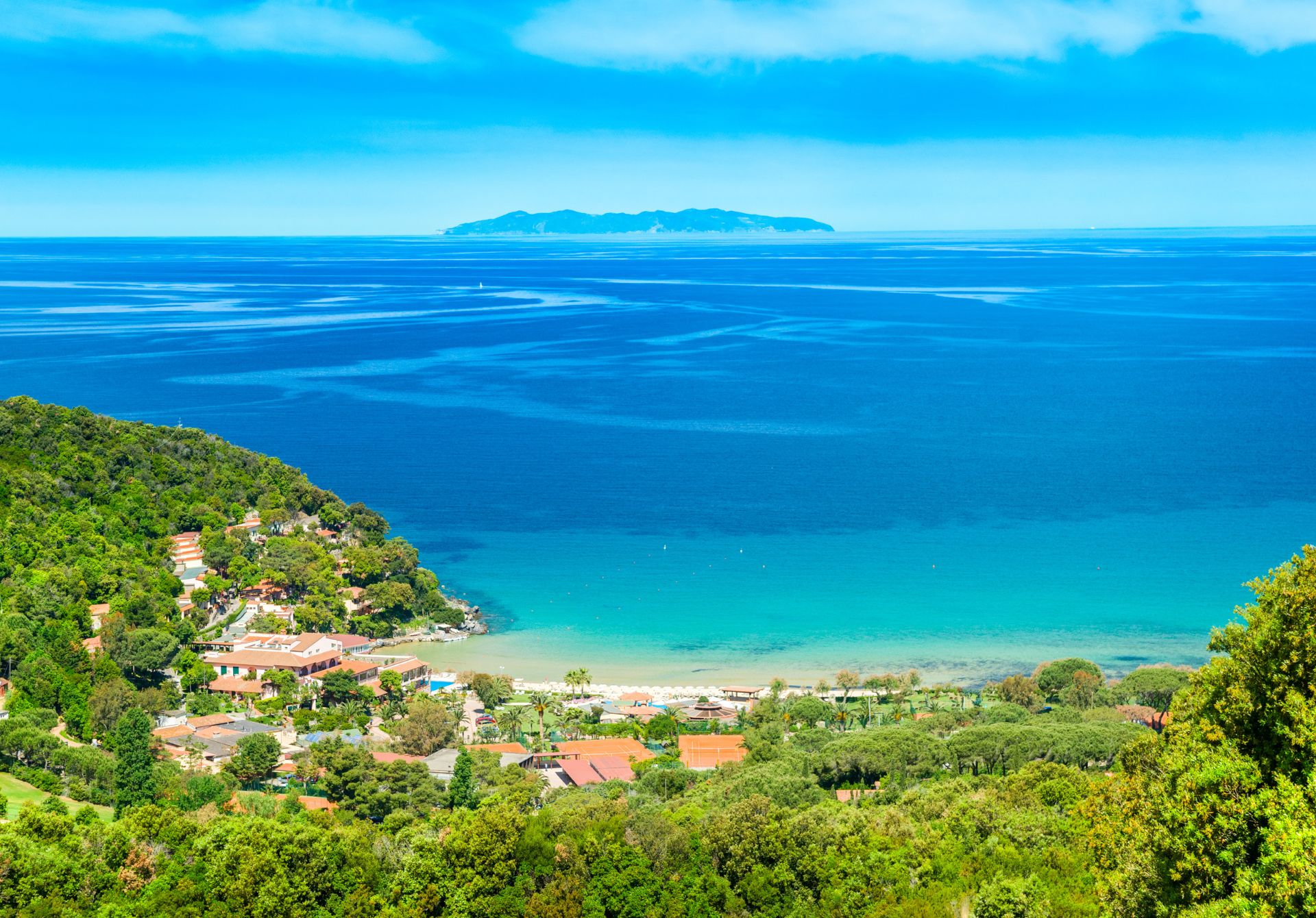Nestled in the Tuscan Archipelago, Elba Island boasts a rich and fascinating history that extends far beyond its picturesque landscapes. Most famously, the island served as the exile location for Napoleon Bonaparte during his first period of banishment from 1814 to 1815. During this brief but remarkable period, Napoleon transformed the island, implementing significant administrative reforms and infrastructure improvements that would leave a lasting impact.
Napoleon’s residences, including the Villa dei Mulini in Portoferraio and the Villa San Martino, remain meticulously preserved historical sites. These museums offer visitors an intimate glimpse into the emperor’s life during his 300-day exile, showcasing original furnishings, personal artifacts, and comprehensive exhibits that illuminate this unique chapter of European history.
Geographical and Natural Wonders
Spanning approximately 224 square kilometers, Elba Island is the largest island in the Tuscan Archipelago National Park. Its diverse landscape encompasses mountainous terrain, lush forests, and stunning coastlines, creating a remarkable ecological diversity that attracts nature enthusiasts and researchers alike. The island’s highest peak, Monte Capanne, rises 1,019 meters above sea level, offering breathtaking panoramic views of the surrounding Mediterranean landscape.
The island’s geological composition is particularly noteworthy. Rich in mineral deposits, Elba has a long history of mining that dates back to Etruscan and Roman times. The unique mineral landscape includes deposits of hematite, magnetite, and other rare minerals, making it a significant geological research site and a fascinating destination for rock and mineral enthusiasts.
Cultural Heritage and Local Traditions
Elba’s cultural identity is a vibrant tapestry woven from centuries of diverse influences, including Etruscan, Roman, Medieval Italian, and maritime traditions. The island’s eight distinct communes, each with its own unique character, showcase a rich architectural and cultural heritage that reflects its complex historical narrative.
Local traditions are most prominently displayed through traditional festivals, culinary practices, and artisanal crafts. The island’s cuisine, heavily influenced by maritime and Mediterranean traditions, features exceptional seafood, locally produced wines, and traditional dishes like “cacciucco” (a rich fish stew) and “schiaccia briaca” (a local wine-soaked bread).
Tourism and Economic Landscape
Tourism plays a crucial role in Elba’s modern economy. Pre-pandemic data from the Tuscan tourism board indicated that the island welcomed approximately 300,000 visitors annually, with peak seasons during summer months. The island offers diverse attractions, from pristine beaches and water sports to hiking trails, historical sites, and wellness retreats.
Sustainable tourism has become a significant focus for local authorities. The Tuscan Archipelago National Park implements strict conservation measures to protect the island’s delicate ecosystem while promoting responsible tourism practices that support local communities and preserve environmental integrity.
Conservation and Environmental Significance
Elba Island is a critical biodiversity hotspot within the Mediterranean region. The Tuscan Archipelago National Park, established in 1996, protects over 17,000 hectares of marine and terrestrial ecosystems. The park hosts numerous endemic species, including rare plants like the Giglio lily and various Mediterranean reptile and bird species.
Elba Island represents a microcosm of Mediterranean complexity—a destination where history, nature, culture, and modern sustainability converge. From Napoleon’s remarkable exile to its stunning geological formations, from rich cultural traditions to cutting-edge conservation efforts, Elba offers travelers and researchers an unparalleled exploration of natural and human heritage.
Whether you’re a history buff, nature enthusiast, culinary explorer, or simply seeking a unique travel experience, Elba Island promises an extraordinary journey through one of Italy’s most captivating landscapes.

